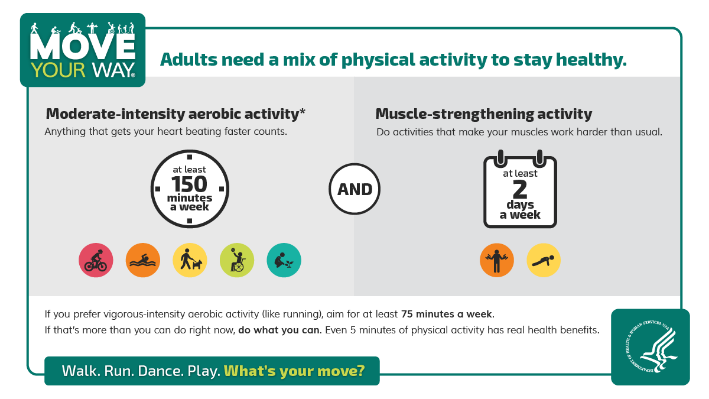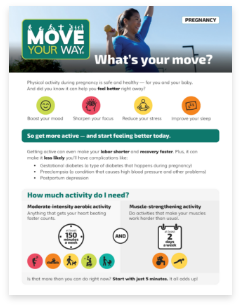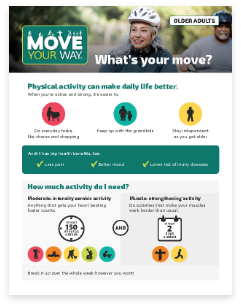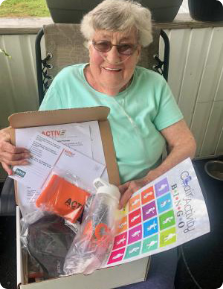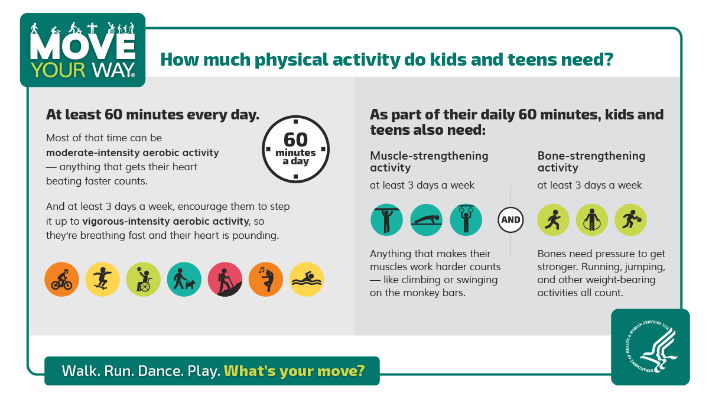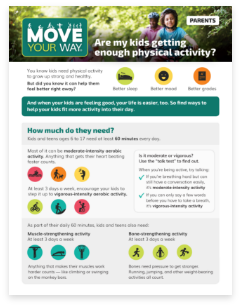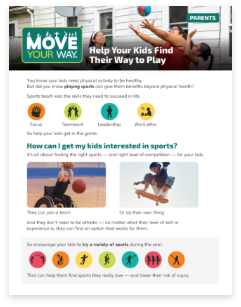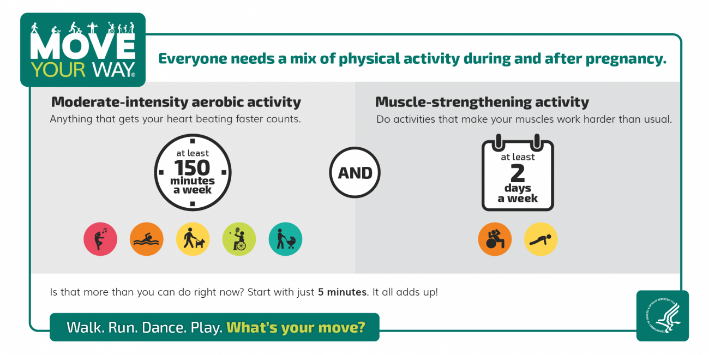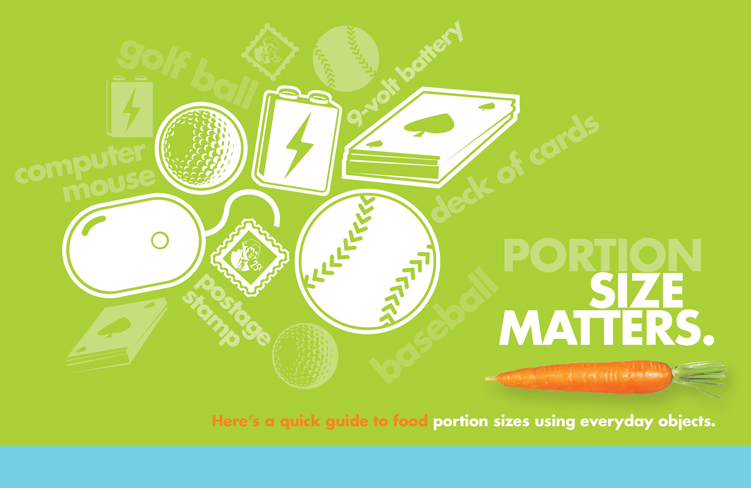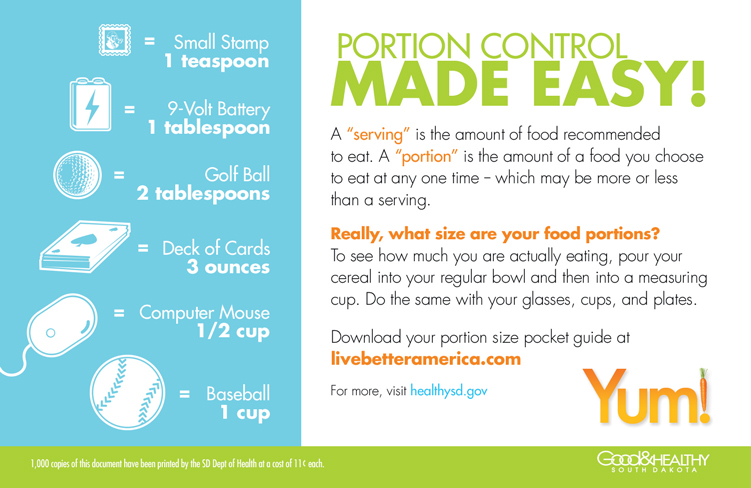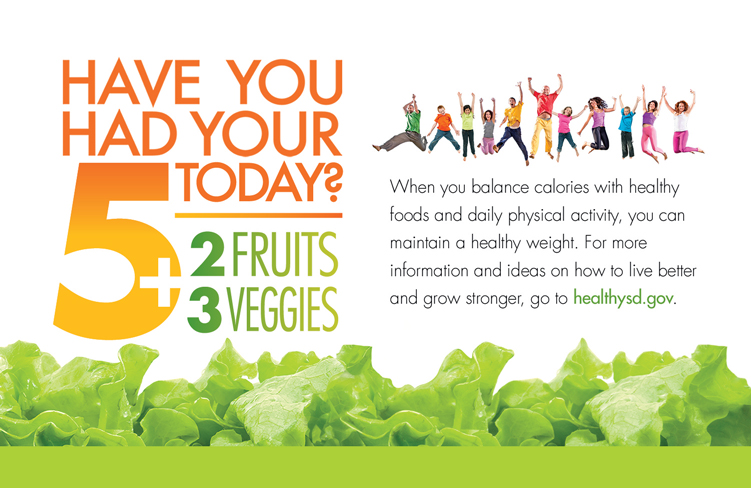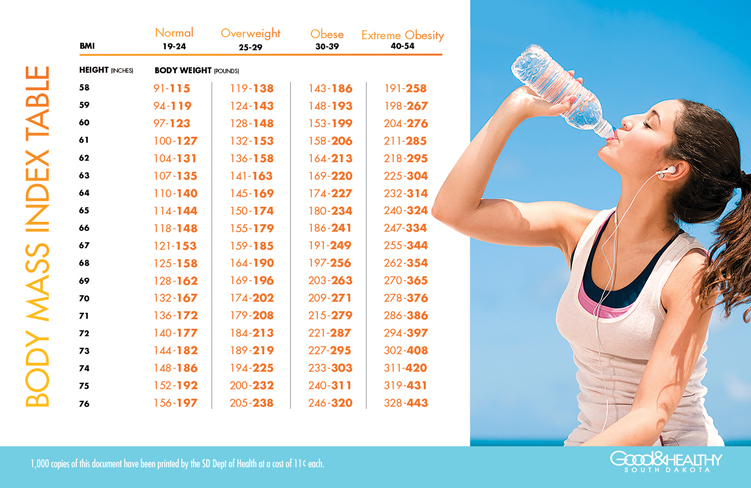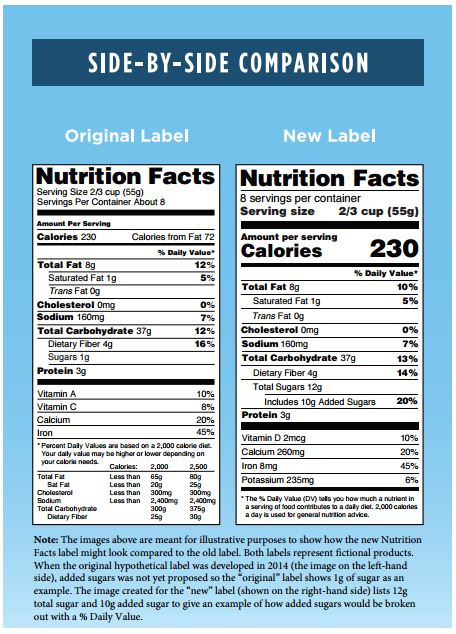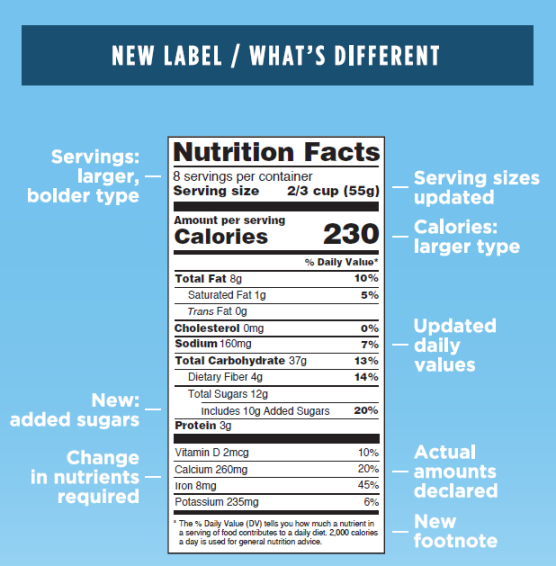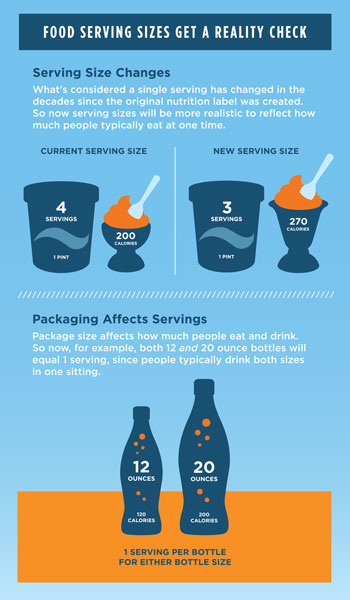The United States Department of Agriculture (USDA) has issued Dietary Guidelines every five years since 1980 to provide science-based advice on what to eat and drink to promote health, reduce the risk of chronic disease, and meet nutrient needs.
The 2020-2025 Dietary Guidelines provide four overarching Guidelines that encourage healthy eating patterns at each stage of life and recognize that individuals will need to make shifts in their food and beverage choices to achieve a healthy pattern. The Guidelines also explicitly emphasize that a healthy dietary pattern is not a rigid prescription. Rather, the Guidelines are a customizable framework of core elements within which individuals make tailored and affordable choices that meet their personal, cultural, and traditional preferences. Several examples of healthy dietary patterns that translate and integrate the recommendations in overall healthy ways to eat
are provided. The Guidelines are supported by Key Recommendations that provide further guidance on healthy eating across the lifespan.
Here’s how you can make every bite count:
1. Follow a healthy dietary pattern at every life stage
At every life stage—infancy, toddlerhood, childhood, adolescence, adulthood, pregnancy, lactation, and older adulthood—it is never too early or too late to eat healthfully.
- For about the first 6 months of life, exclusively feed infants human milk. Continue to feed infants human milk through at least the first year of life, and longer if desired. Feed infants iron-fortified infant formula during the first year of life when human milk is unavailable. Provide infants with supplemental vitamin D beginning soon after birth.
- At about 6 months, introduce infants to nutrient-dense complementary foods. Introduce infants to potentially allergenic foods along with other complementary foods. Encourage infants and toddlers to consume a variety of foods from all food groups. Include foods rich in iron and zinc, particularly for infants fed human milk.
- From 12 months through older adulthood, follow a healthy dietary pattern across the lifespan to meet nutrient needs, help achieve a healthy body weight, and reduce the risk of chronic disease.
2. Customize and enjoy nutrient-dense food and beverage choices to reflect personal preferences, cultural traditions, and budgetary considerations.
A healthy dietary pattern can benefit all individuals regardless of age, race, or ethnicity, or current health status. The Dietary Guidelines provides a framework intended to be customized to individual needs and preferences, as well as the foodways of the diverse cultures in the United States.
3. Focus on meeting food group needs with nutrient-dense foods and beverages, and stay within calorie limits.
An underlying premise of the Dietary Guidelines is that nutritional needs should be met primarily from foods and beverages—specifically, nutrient-dense foods and beverages. Nutrient-dense foods provide vitamins, minerals, and other health-promoting components and have no or little added sugars, saturated fat, and sodium. A healthy dietary pattern consists of nutrient-dense forms of foods and beverages across all food groups, in recommended amounts, and within calorie limits.
The core elements that make up a healthy dietary pattern include:
- Vegetables of all types—dark green; red and orange; beans, peas, and lentils; starchy; and
other vegetables - Fruits, especially whole fruit
- Grains, at least half of which are whole grain
- Dairy, including fat-free or low-fat milk, yogurt, and cheese, and/or lactose-free versions and fortified soy beverages and yogurt as alternatives
- Protein foods, including lean meats, poultry, and eggs; seafood; beans, peas, and lentils; and nuts, seeds, and soy products
- Oils, including vegetable oils and oils in food, such as seafood and nuts
4. Limit foods and beverages higher in added sugars, saturated fat, and sodium, and limit alcoholic beverages.
At every life stage, meeting food group recommendations—even with nutrient-dense choices—requires most of a person’s daily calorie needs and sodium limits. A healthy dietary pattern doesn’t have much room for extra added sugars, saturated fat, or sodium—or for alcoholic beverages. A small amount of added sugars, saturated fat, or sodium can be added to nutrient-dense foods and beverages to help meet food group recommendations, but foods and beverages high in these components should be limited. Limits are:
- Added sugars—Less than 10 percent of calories per day starting at age 2. Avoid foods and beverages with added sugars for those younger than age 2.
- Saturated fat—Less than 10 percent of calories per day starting at age 2.
- Sodium—Less than 2,300 milligrams per day—and even less for children younger than age 14.
- Alcoholic beverages—Adults of legal drinking age can choose not to drink, or to drink in moderation by limiting intake to 2 drinks or less in a day for men and 1 drink or less in a day for women, when alcohol is consumed. Drinking less is better for health than drinking more. There are some adults who should not drink alcohol, such as women who are pregnant.
2020-2025 Dietary Guidelines Executive Summary (PDF)
For more information: DietaryGuidelines.gov

